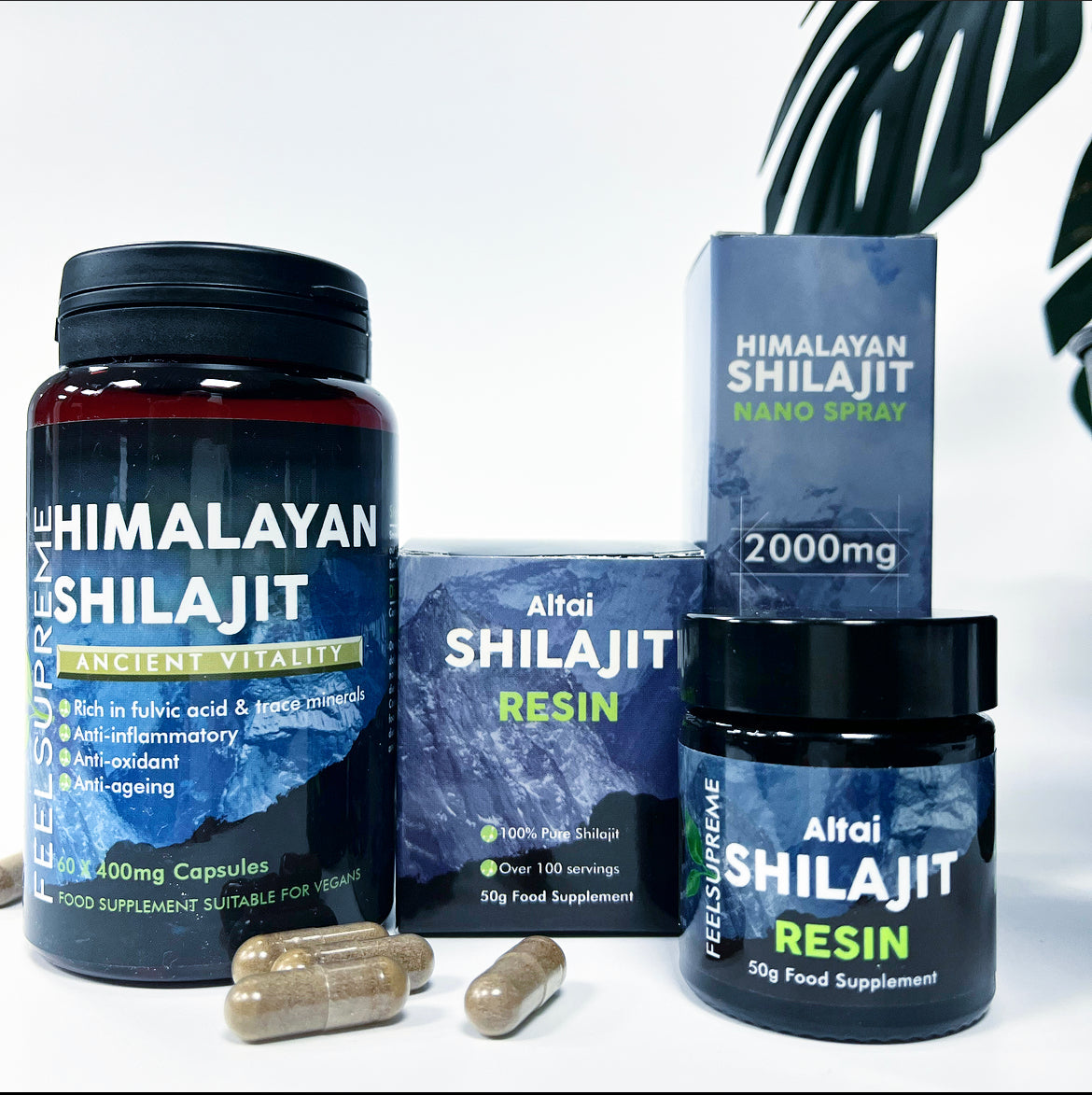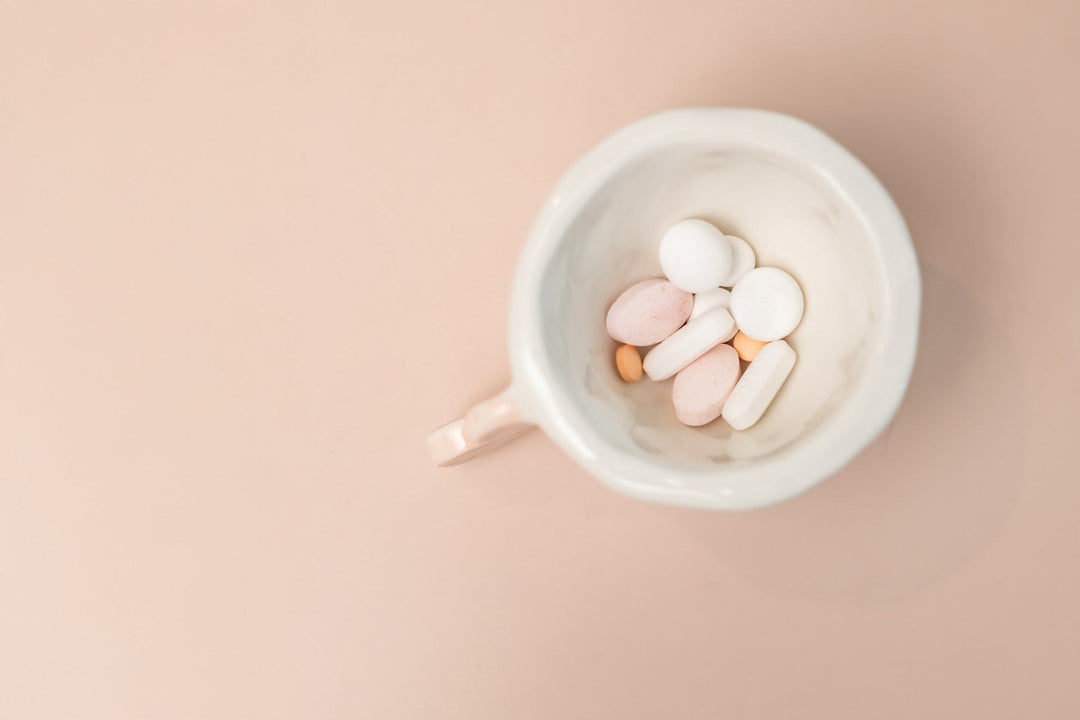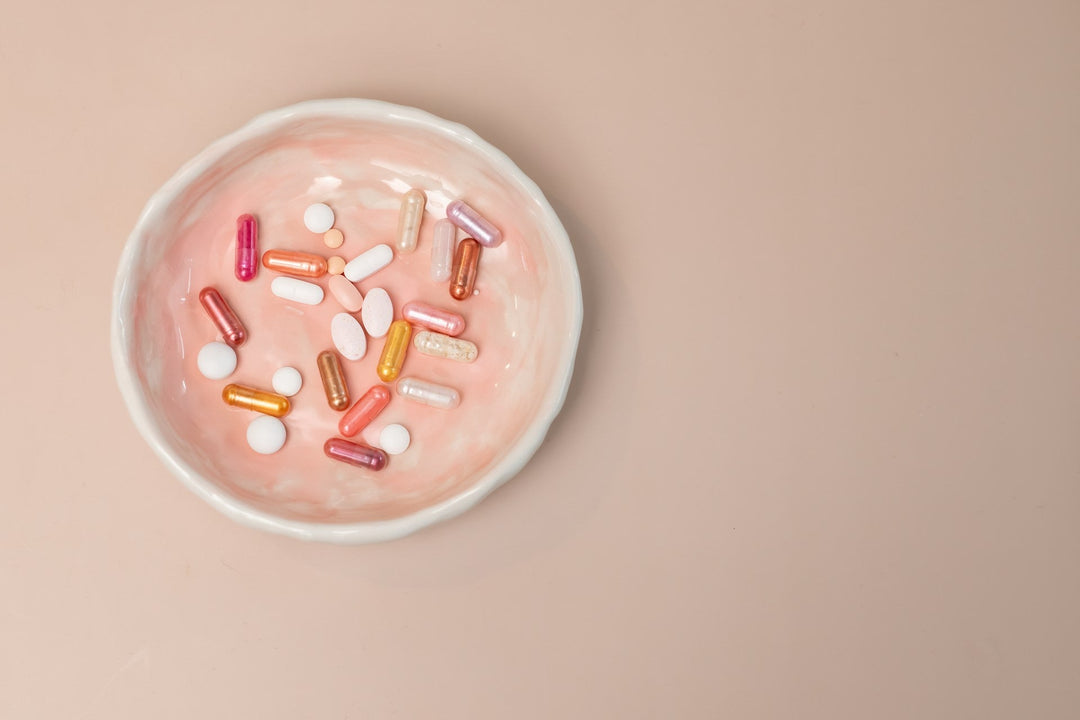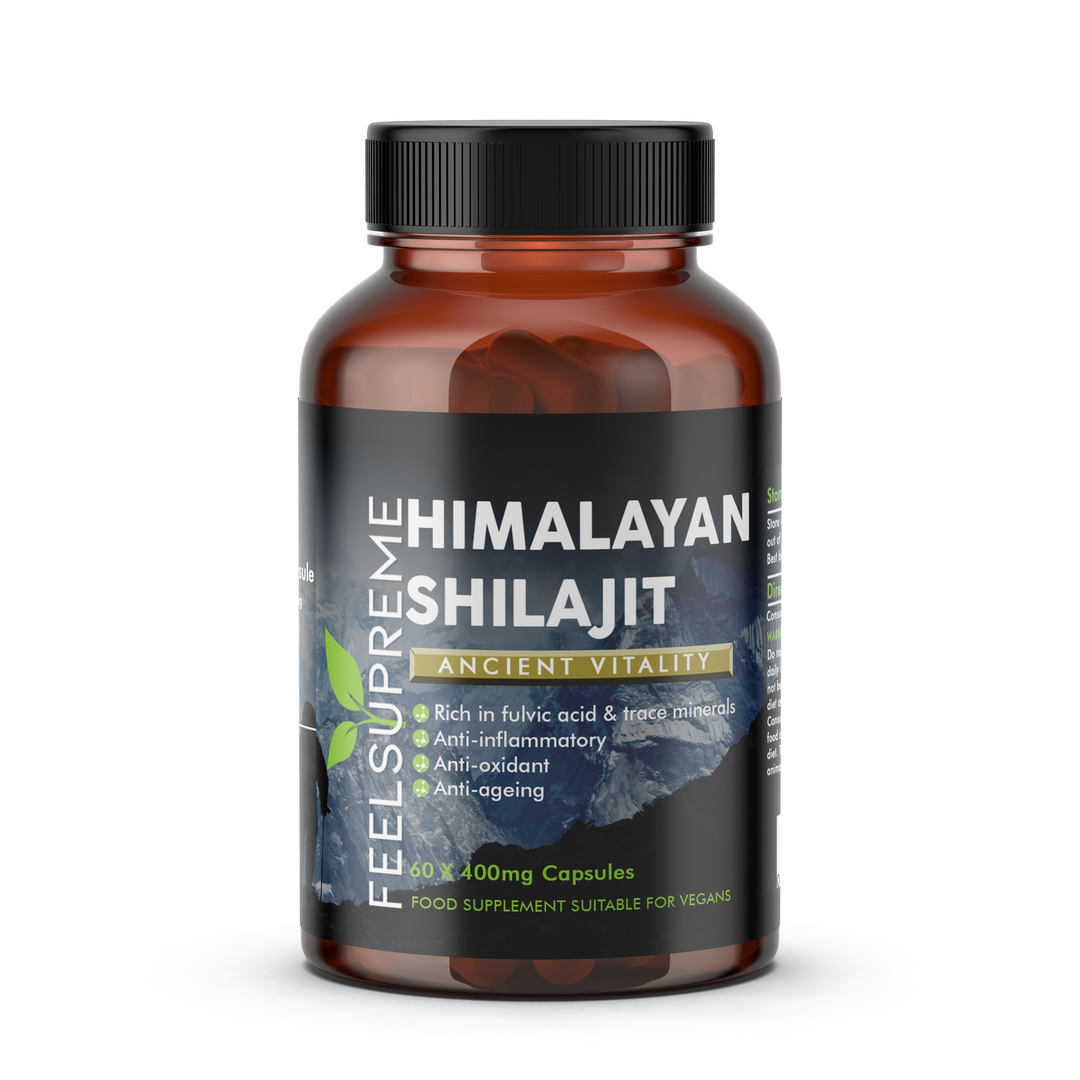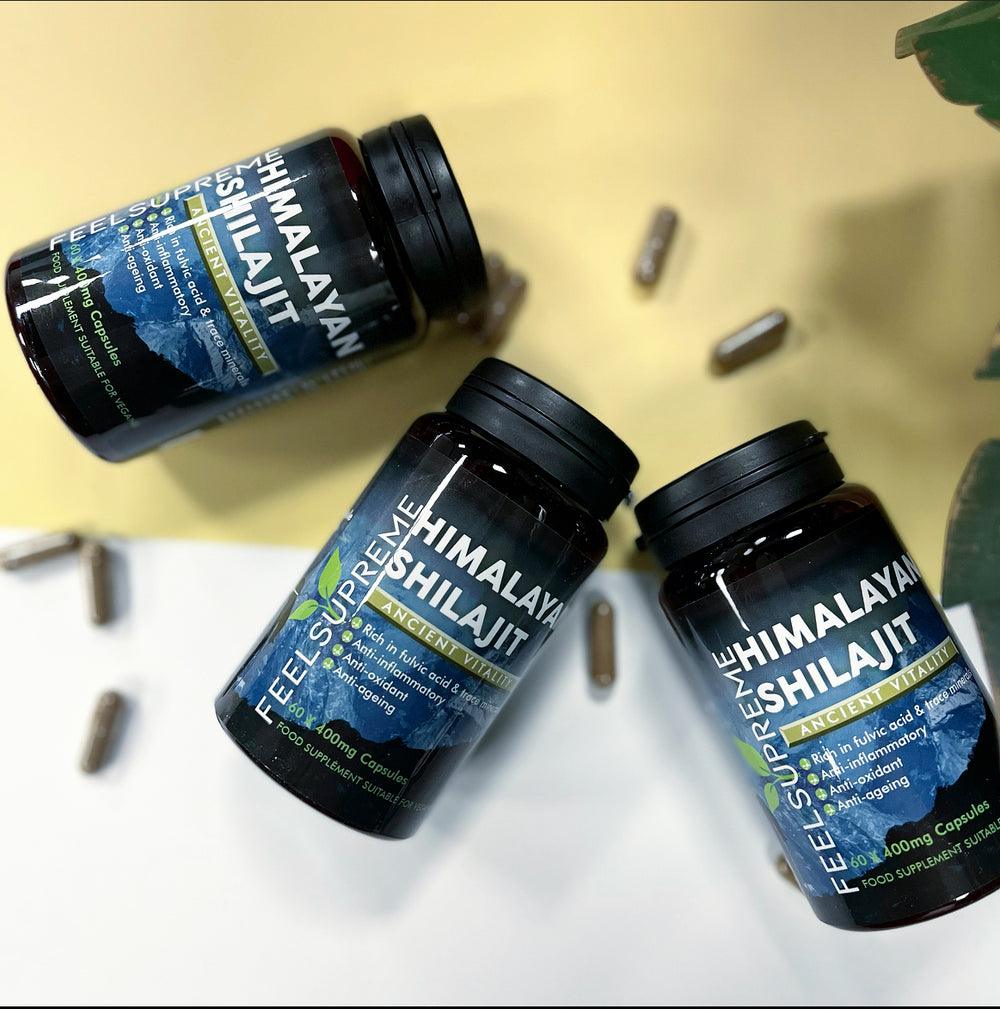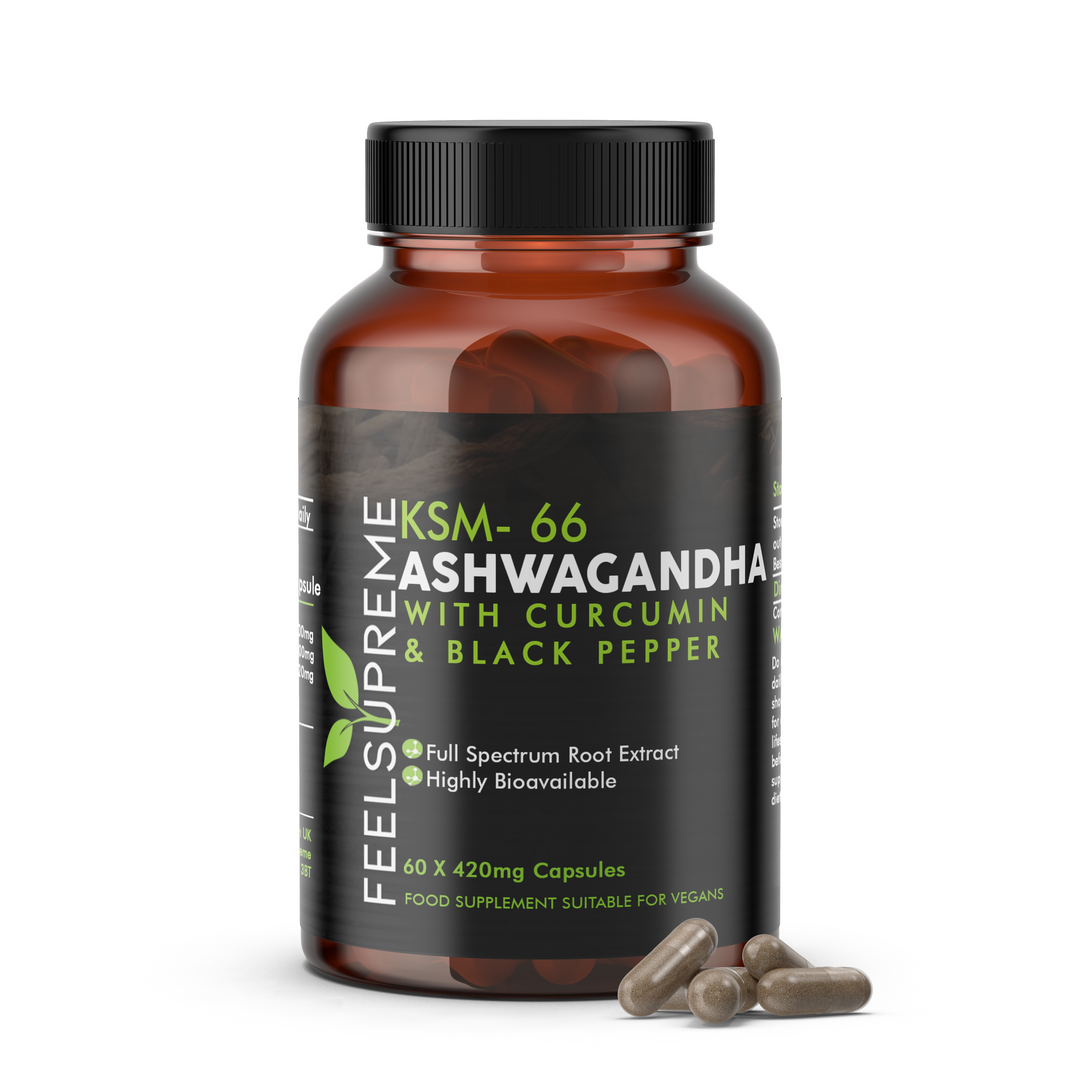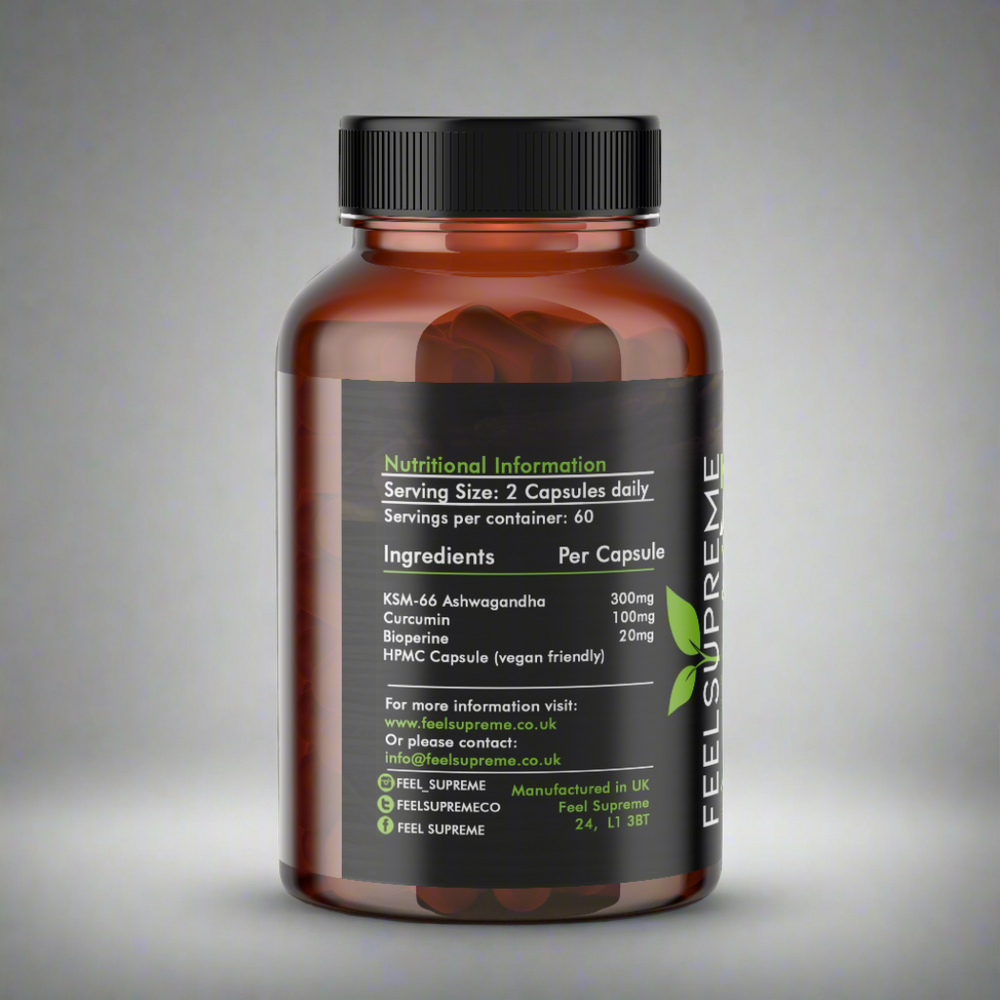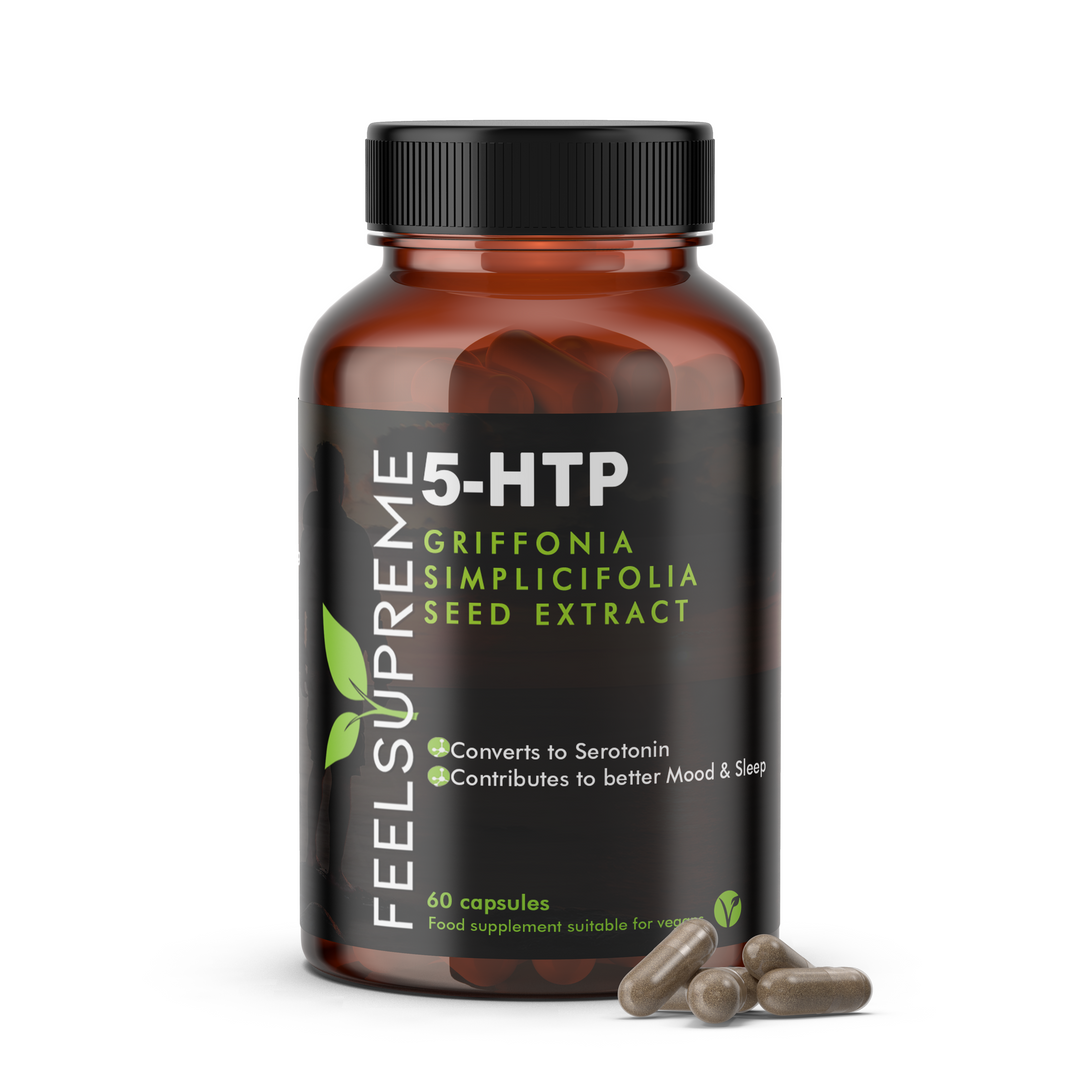In recent years, there has been a growing interest in scientific research on the effectiveness of Himalayan Shilajit. Shilajit is a traditional Ayurvedic remedy used in the Indian subcontinent for centuries. This blog post will cover the recent studies and literature concerning the effectiveness of Himalayan Shilajit, and we’ll also discuss its potential health benefits.
What is Himalayan Shilajit
Shilajit is a natural brown substance found in the Himalayas and emanating from India and Pakistan's terrain. It is composed of rock humus and minerals and contains an assortment of biologically active substances such as DNPs, DCPs, and fulvic acid. Shilajit by Himalaya is produced as an outcome of the gradual decay of specific plants, which can transpire for decades. Shilajit Resin is well-known for its medicinal characteristics, notably, its anti-inflammatory, antioxidant, adaptogenic, and immunomodulatory actions are all pure and thus innocuous. If you want to know the difference between shilajit resin and shilajit powders or capsules, read our article and learn more about shilajit supplements.
Effects and Various Benefits of Shilajit
This compound's significant properties are to enhance and increase physical capacities and stimulate human health and well-being. Shilajit's health advantages and effects have varied depending on the location and region from which it was collected. Shilajit from the Himalayas is regarded to be the purest kind of Shilajit. Its many benefits vary, and doctors, researchers, and scientists highly regard it. Himalayan Shilajit relieves stress and anxiety, boosts energy, promotes overall wholeness, and boosts brain function.
Traditional and Cultural Significance and Importance of Shilajit
Shilajit has traditionally been used as a natural medicine and is used by people of Nepal and the north of India, who take it with milk in their breakfast from an early age. Shilajit is even used as a regular part of certain people's diets. People in these areas claim to have a population of strong men and women with high levels of lifespan and well-being due to their proximity to and consumption of Shilijat.
Research on Shilajit’s Pharmaceutical Qualities
Shilajit, as previously stated, has been used as a means of treatment to treat and aid in managing an array of genitourinary diseases, diabetes, neurological conditions, digestive problems, and plenty more. A study evaluated Shilajit's putative antiulcerogenic and anti-inflammatory capabilities. The findings showed that Shilajit enhanced the carbohydrate/protein proportion and lowered the gastric ulcer index, ensuring an increased mucus barrier. It also displayed anti-inflammatory benefits in rats with carrageenan-induced acute pedal edema, granuloma pouch, and arthritis. Thus, the study's data support the usage of Shilajit in cases of inflammation and peptic ulcer. Another study investigated the antioxidant impacts of Shilajit extracts. Scientists triggered diabetes in mice, following which the quote was administered orally for six weeks. The outcomes of the behavioral examination were compared to those of the diabetes control/sham and vehicle groups. The thermal pain response test of diabetic rats treated for fourteen days with Shilajit minimized hyperalgesia compared to other groups. As a result, it became evident that this natural extract's antioxidant and hyperalgesia-reducing capabilities can be considered a viable organic component of treatment.
Alzheimer’s Natural Enemy
Alzheimer's disease is a neurodegenerative ailment characterized by an abnormal accumulation of proteins in and around brain cells. Currently, natural polyphenol compounds are being explored as therapeutic agents for this condition. Fulvic acid, a humic chemical, has been discovered to have a variety of non-specific biological therapies used to promote general well-being, regulate symptoms, and interfere with malignant processes, indicating its potential to guard against cognitive impairment. Shilajit includes fulvic acid, which is crucial for mental health stabilization and brain function stability.
Shilajit ‘s Role on Testosterone
According to a research report published in Andrologia, 90 days of Shilajit therapy significantly elevated testosterone levels. The results showed that following the treatment, total testosterone levels in healthy volunteers increased by 20%, while free testosterone levels increased by 19%. Shilajit's unique physiological and pharmacological properties have been thoroughly researched and are due to its considerable amount of fulvic acid and numerous polymeric forms of fulvic acid, as well as DNPs and DBP chromoproteins. According to scientists and experts, Shilajit tends to be safe and well-tolerated in animals and people, with few known ill effects. These data support Shilajit's efficacy and safety as an alternative medicine with tremendous therapeutic potential.
Pure and Safe for Animals and Humans
Shilajit has long been revered in Eastern cultures for its numerous health advantages, and it is now gaining traction in the Western world. Despite the multitude of studies and publications on this topic from India, it is critical that Shilajit be examined through rigorous scientific inquiry at the molecular level. This will allow for a more thorough study of its unique features and the development of new medicinal uses, unleashing the full potential of this fantastic natural material.
Wrapping it Up
Shilajit's natural and distinctive attributes make it an ideal natural therapy for various diseases. Its anti-inflammatory, antioxidant, adaptogenic, and immunomodulatory features make it a beneficial treatment for genitourinary diseases, diabetes, neurological disorders, digestive difficulties, and other conditions. Shilajit's ability to defend against cognitive decline and enhance testosterone levels further makes it a promising therapeutic alternative for many people.



